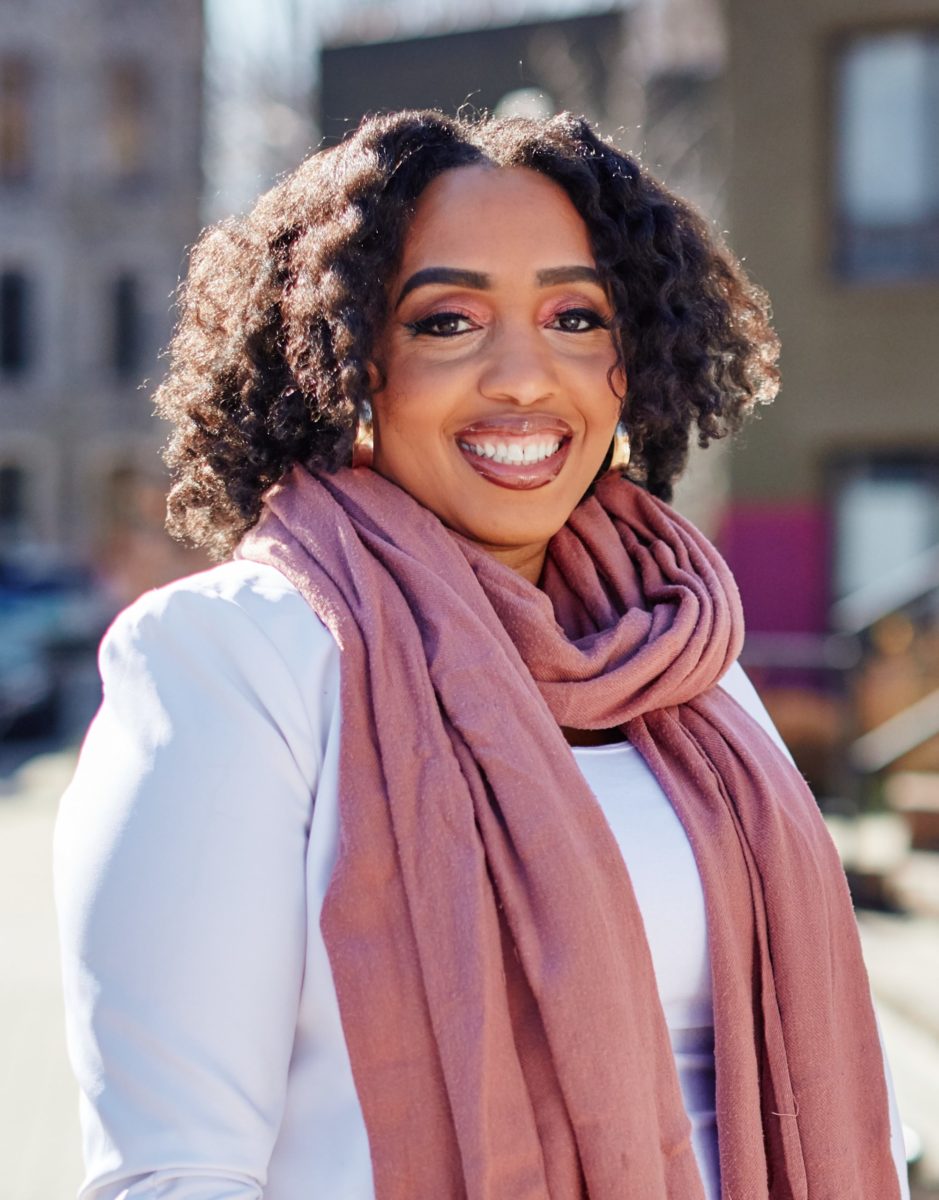Impact development in Black and brown communities
 November 30, 2020
Category: Featured, Medium, Purpose
November 30, 2020
Category: Featured, Medium, Purpose
Disclosures
This guest column was written by Shalimar Thomas, the executive director of the North Broad Renaissance, the no-profit supporting revitalization efforts along North Broad between Germantown and City Hall.The COVID-19 outbreak was a huge shock to our systems.
Across the board, the impacts of the virus and the policies in place to contain it was felt by everyone. Whether you were a healthcare professional working to treat patients, a business concerned about operations and your employees, or a parent working remotely while managing kids home from school, everyone was adjusting to a challenging new normal.
Even more, we learned that long-standing systemic health and social inequities have put Black and brown communities at increased risk of getting sick and dying from COVID-19. However, COVID-19 has only heightened awareness on existing needs and inequities caused by racism, and inequitable policies.
According to the Centers for Disease Control (CDC), inequities in the social determinants of health, such as poverty …i nfluence a wide range of health and quality-of-life outcomes and risks for communities of color. They go on to state that in order to achieve health equity, barriers must be removed so that everyone has a fair opportunity to be as healthy as possible.
Since 2015, as a part of the economic development program, the North Broad Renaissance (NBR) has been working to eliminate one of those barriers by way of business attraction. The organization began working on a creating a Health District along North Broad Street around the Temple Health campus and believes that business attraction is directly related to health and job equity.
As a result, the Health District works to use development and policy to create a healthier environment which can ultimately lead to increased employment opportunities. While our focus is along the North Broad Street corridor, we believe that these efforts can be implemented in similar communities to help change the overall health narrative in Black and brown communities.
The relationship between business attraction and community health
According to the Office of Disease Prevention and Health Promotion, health starts in our homes, schools, workplaces, neighborhoods, and communities. In addition, the Prevention Institute indicated that predominantly Black neighborhoods had 60% more fast-food restaurants per square mile than predominantly white neighborhoods, and that communities with a large number of retailers that sell unhealthy food may also contribute to chronic disease.
It’s no surprise that the Fox Chase 2019 Community Health Needs Assessment report identified the 19140 zip code as one of the unhealthiest, as it relates to chronic illnesses that include child obesity.
This means that the type of business has a direct impact on community health.
An answer to job equity
When the North Broad Renaissance started our first five-year strategic plan, one of the top requests from the community was to provide more jobs.
However, in learning the health crisis that faced many of our communities, we knew that we could not help with employment if the target audience is facing health challenges that could prevent them from having sustainable employment. In fact, a report conducted by Kaiser Family Foundation (KFF) indicated that being in poor health is associated with increased risk of job loss.
In addition, the Houston Chronicle sited health as one of the top reasons people lose their jobs, sharing that employees who lose their jobs through ill health suffer more significant depression and detrimental health outcomes than people who lose their jobs for non-health reasons.
This creates inequity and additional barriers to employment opportunities, and because Black and brown communities are more than likely to be communities that lack healthy businesses, they are more likely to suffer from illnesses that prevent them from obtaining employment and staying employed.
The opportunity
Many of us have seen the impact COVID-19 has had on Black and brown communities and the inequities, which existed long before the pandemic, that contributed. As we all think about our role in changing this, there is indeed an opportunity that lies with impact development, and strategically attracting businesses to prevent the ubiquity of unhealthy services and goods provided in communities of color.
This is not only helpful to communities, but also the businesses that locate there. In fact, an article written by the Harvard Business Review listed four advantages to locating a business to urban communities, which include local market demand. It goes on to state the following:
“The inner-city market itself represents the most immediate opportunity for inner-city-based entrepreneurs and businesses. At a time when most other markets are saturated, inner city markets remain poorly served — especially in retailing, financial services, and personal services.”
Overall, there’s an opportunity to consider how support can extend beyond donations. As we enter into the season of giving and continue our work on creating equity, consider the impact you can have as a business owner, a developer, or investor — and support impact development efforts.
Trending News










